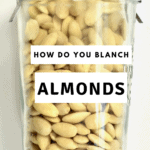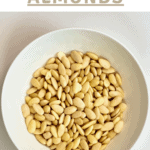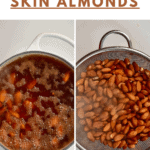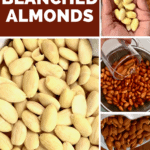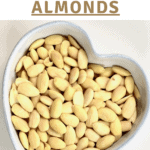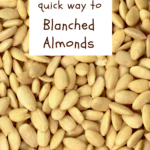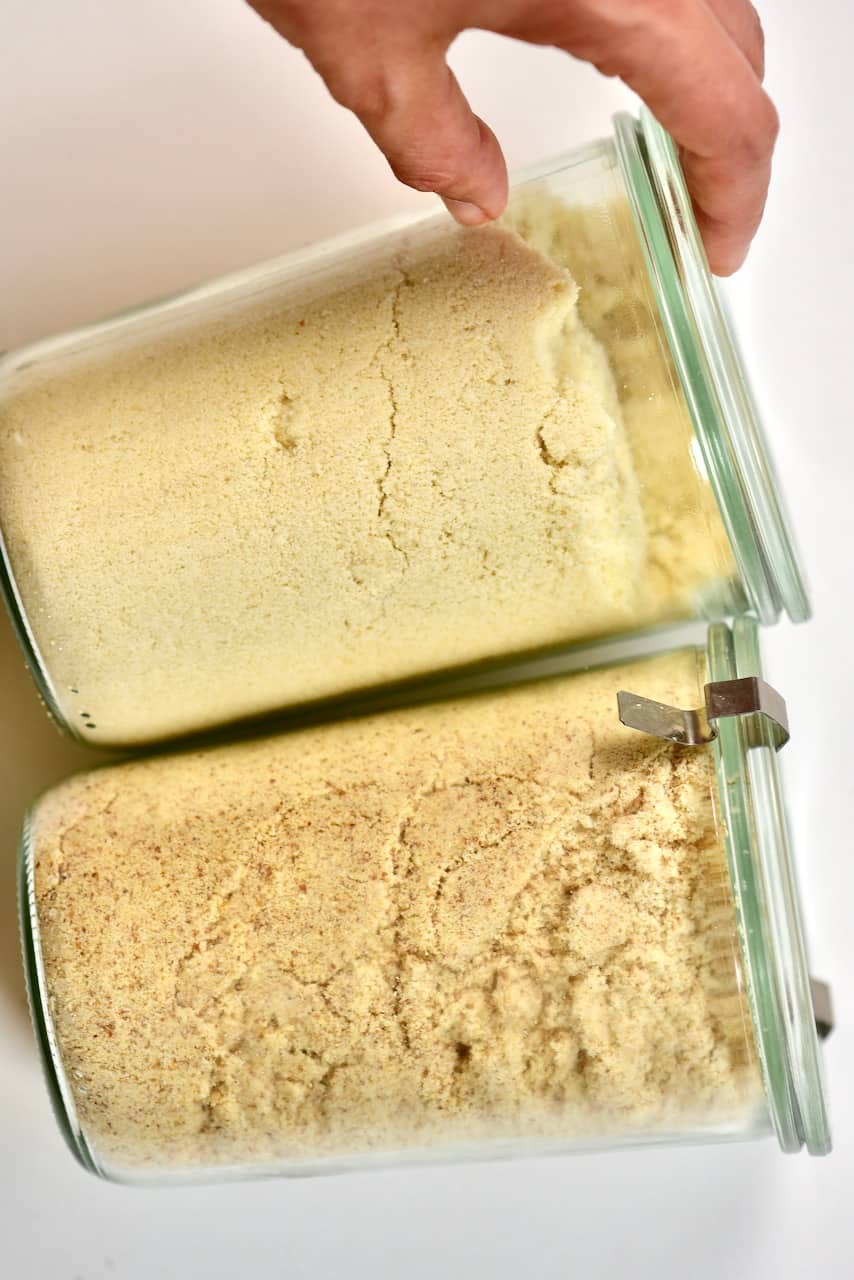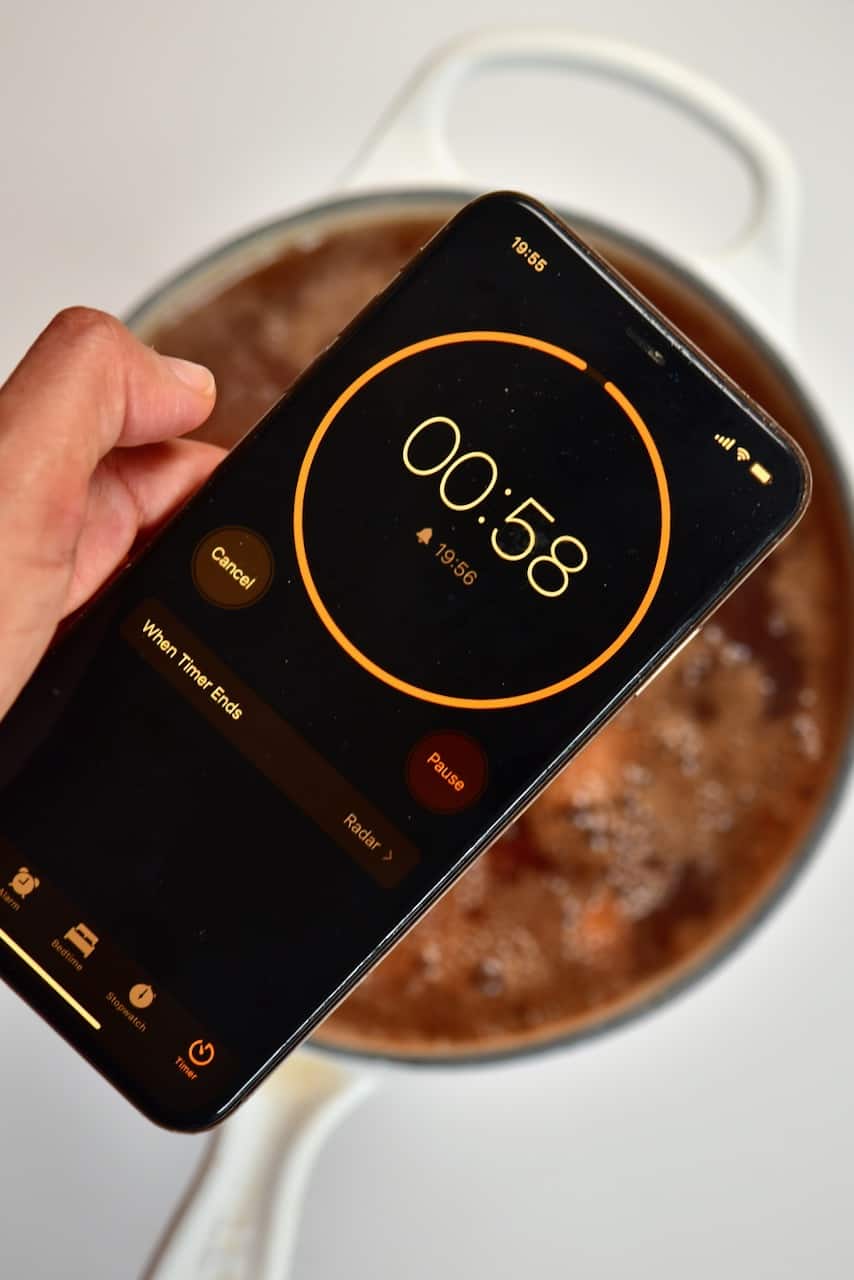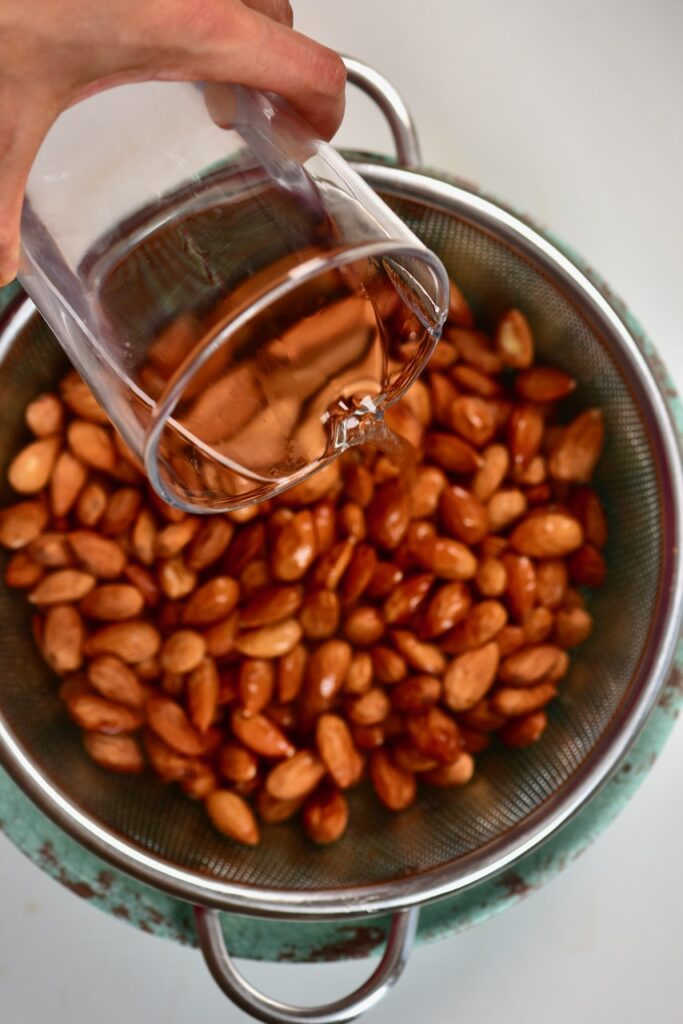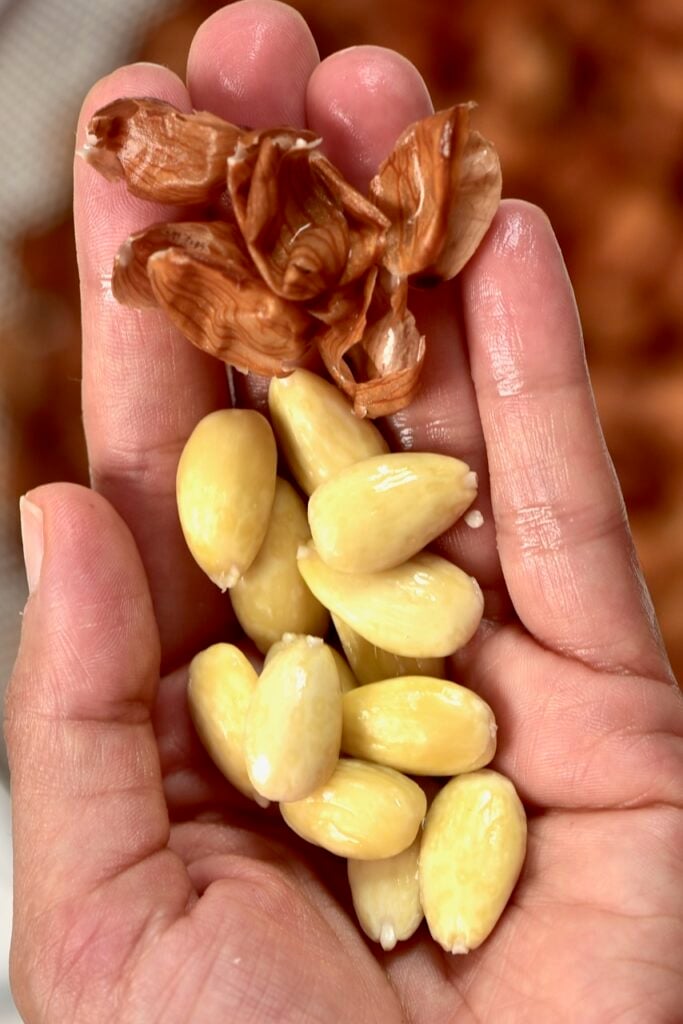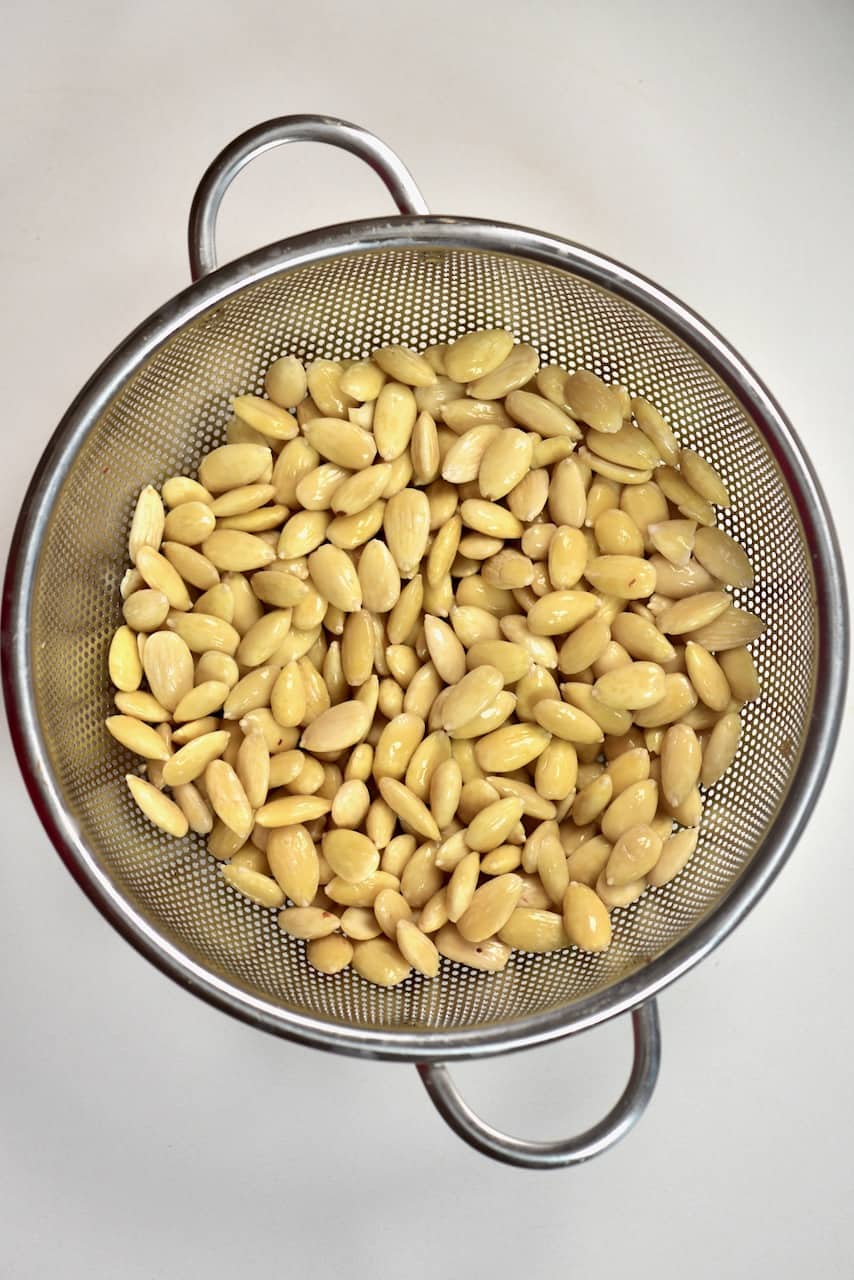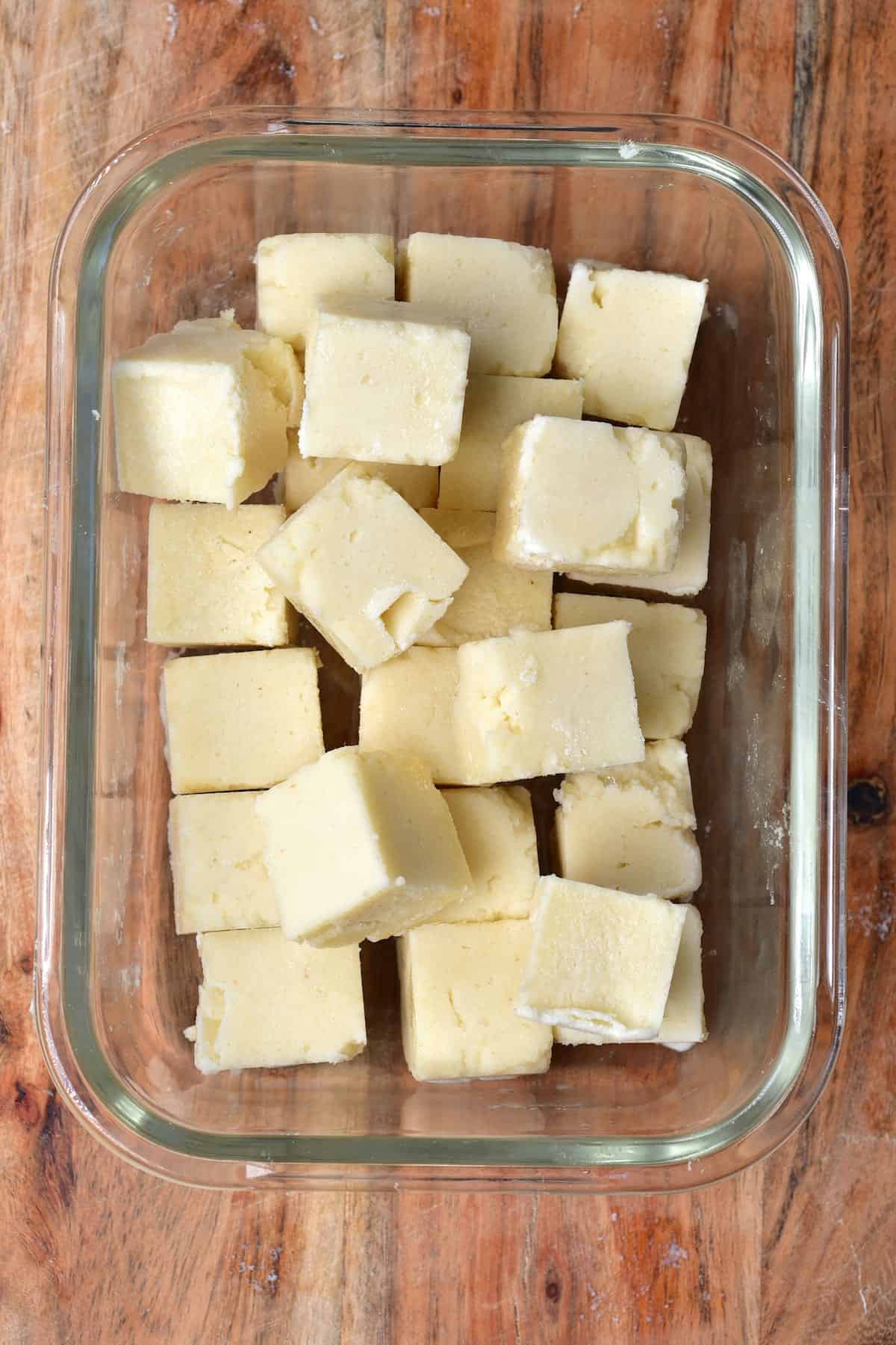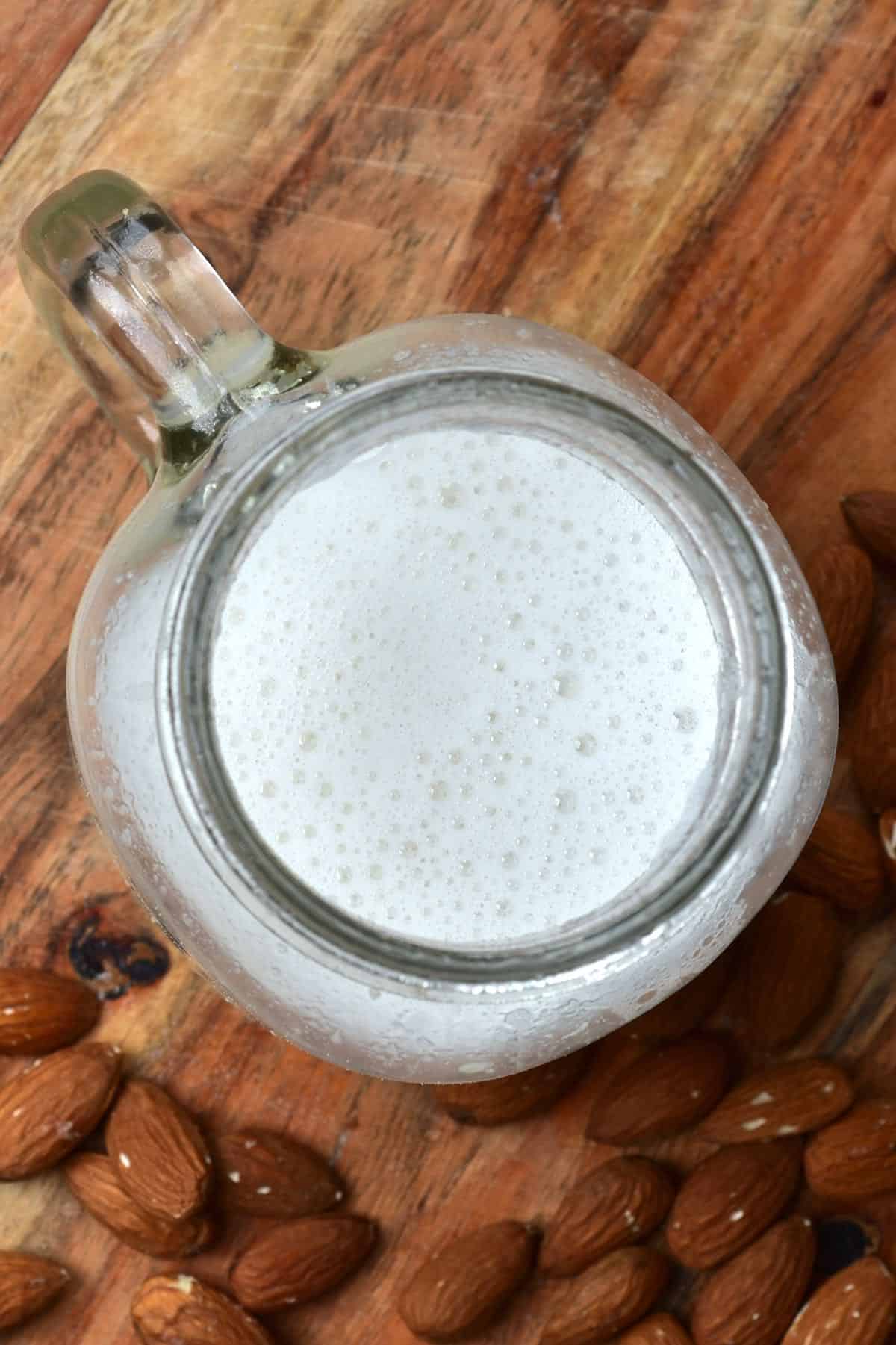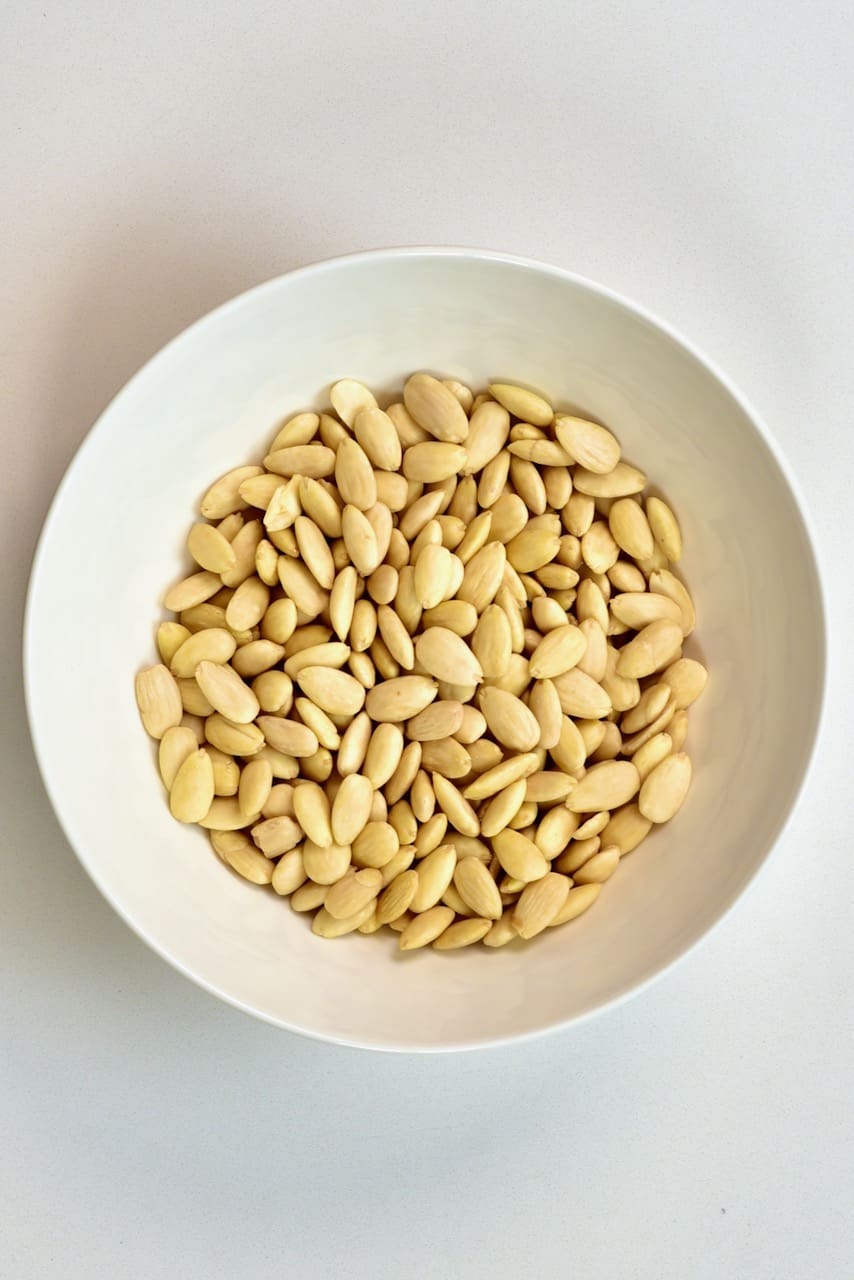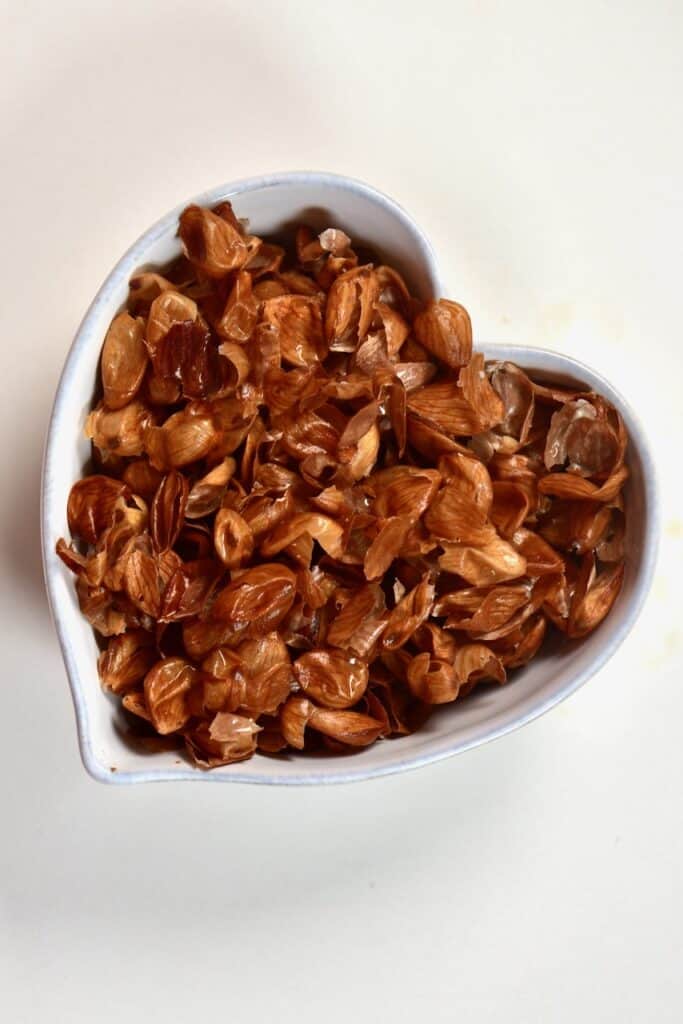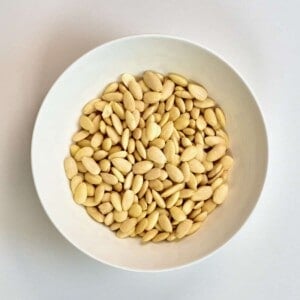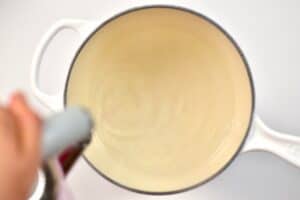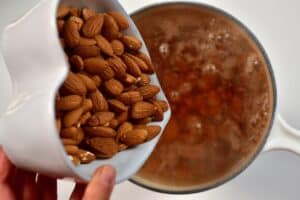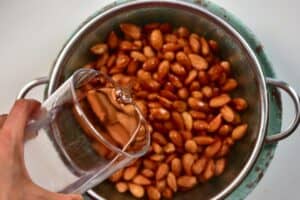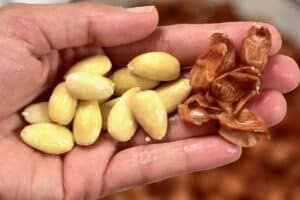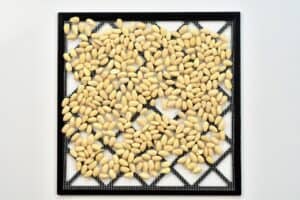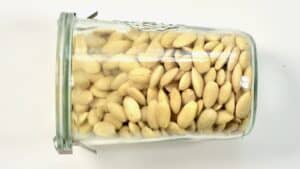While it’s true that blanched almonds can be bought in stores, blanching almonds at home is a simple process that anyone can learn. There’s no need to turn to store-bought options ever again. Plus, doing this at home often works out far more cost-efficient, too. When recipes call for blanched almonds, your first instinct may be to buy a bag. However, this is 100% unnecessary and a very simple at-home process. Much simpler than you’d think, in fact.
What are blanched almonds?
Just in case you’ve stumbled upon this blog post wondering what exactly blanched almonds are. Well, blanching almonds is a process to help you remove the skins of the almonds. The resulting nuts can be used in a variety of ways, including various recipes, as well as to make almond flour. If you’re asking yourself what is blanched almond flour, well, it is basically the process of grinding the blanched almonds down into a fine powder. This flour is then naturally gluten-free, paleo, keto, whole30, and high-fiber. Not to mention high-protein and containing a variety of vitamins, minerals, and even antioxidants. Almond flour is used within a variety of baked goods – including french macarons, cakes, pies, tarts, cookies, brownies, etc. I talk more about baking with almond flour on how to make almond flour post. Meanwhile, here is a simple DIY for unblanched almond flour, too (i.e., almond meal).
How to blanch almonds
I’m not sure about you, but when I first thought about the process it would take to remove almond skins, I definitely built it up in my mind to be far more complicated than it is. With almond skin not being loose, like peanuts or chickpeas, I just assumed this would be a process that’s impossible to do at home. However, that simply isn’t the case. The method for blanching almonds is so simple but it’s just SO handy. The process is made up of only four steps:
Boil water in a small pan
Add the almonds to the pot of water and heat for 1 minute
Remove from heat, drain the hot water and rinse almonds with cold water
Remove the skins
Okay, there’s just a little bit more to it than that. You can read the full instructions and recipe notes in the recipe card below. As I mentioned above, the blanched almonds can then be finely ground in a blender/food processor into flour. The flour is a wonderful option for gluten-free baking – in fact, I have a whole variety of recipe options on my almond flour post. However, flour isn’t the only reason why you might want these. For example, the nuts can be chopped, grated, fried, browned, and even used as a garnish. These blanched almonds are also great for making Instant Almond Milk! Tip * It’s worth noting that there is a second blanching method too; the ‘overnight soak.’ This method is precisely what it sounds like – soaking the almonds in cold water overnight. Come morning, and the skins are usually easily peelable (however, it will take longer to dry out the almonds).
What to do with the almond skins
I’m trying my best to be mindful of what I waste – to reduce unnecessary waste. Luckily, almond skins are perfectly edible and easy to avoid ending up in the bin. I simply leave them to dry out on the countertop and then add them to my morning smoothies, porridge, or overnight oats. I’ll also sometimes blend them into dips, for additional fiber. If you have any questions, leave a comment below Also, I love seeing your recreations so feel free to tag me on Instagram @AlphaFoodie.
